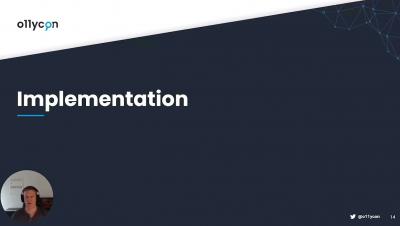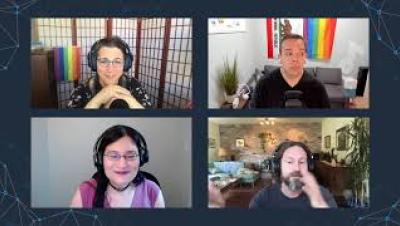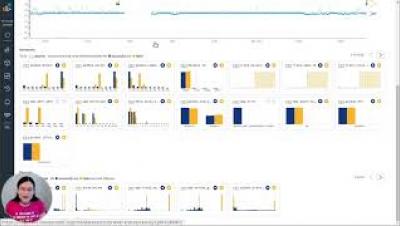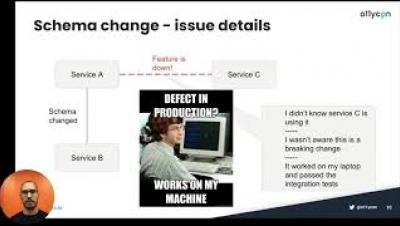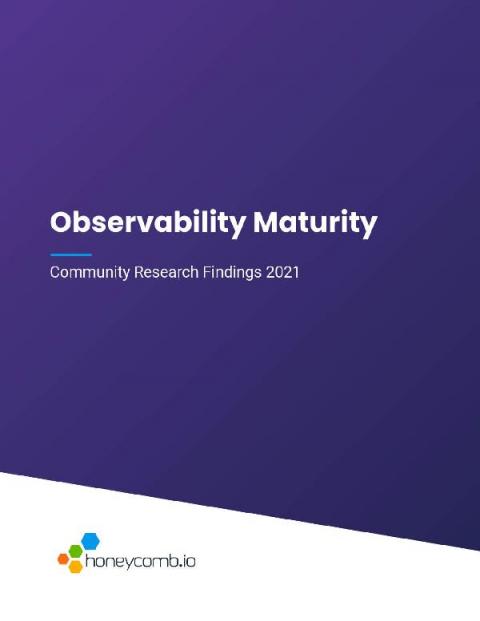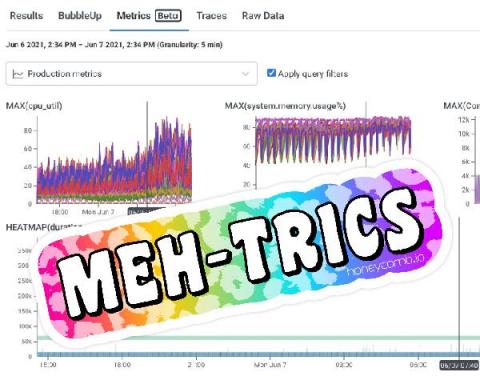Operations | Monitoring | ITSM | DevOps | Cloud
Honeycomb
Observability is More Fun With Friends: Stories From OpenTelemetry Collaboration
Releasing and Debugging Software in Production with Honeycomb
OpenTelemetry, Not Just for Production Troubleshooting
Data Availability Isn't Observability
But it’s better than nothing… Most of the industry is racing to adopt better observability practices, and they’re discovering lots of power in being able to see and measure what their systems are doing. High data availability is better than none, so for the time being, what we get is often impressive. There’s a qualitative difference between observability and data availability, and this post aims to highlight it and orient how we structure our telemetry.
The State of Observability in 2021
Today, we released our second annual Observability Maturity Community Research Findings report. This year-over-year report identifies trends occurring in the observability community that we use to further develop our Observability Maturity Model. Our goal in running this annual report is to understand community perceptions and awareness of observability, how engineering teams are approaching observability, and mapping an observability maturity model that reflects current research findings.
A New Approach to Metrics
Today at o11ycon+hnycon—right now, actually, if you’re reading this blog when it was posted—we’re announcing several new Honeycomb features during the keynote. Our industry and community have come a long way since we burst onto the scene, and I’m delighted to give you another version of Honeycomb that continues to demonstrate what’s possible with observability. And it includes metrics.
Easily Debug Your AWS Lambda Functions With Honeycomb
With the Honeycomb extension for AWS Lambda, you no longer need to make your Lambda functions Honeycomb-aware. Today, AWS announced the general availability of AWS Lambda Extensions, which make it easy for us to send logs from your Lambda functions directly to Honeycomb. In October, we announced Honeycomb’s extension for AWS Lambda as part of a preview launch. Today, we’re pleased to announce everyone can now use this extension to easily debug their AWS Lambda functions with Honeycomb.
ICYMI: How Honeycomb Can Help You Achieve the Deployment Part of CI/CD
In case you missed it, this webinar includes code walkthroughs that help you to add observability to your pipelines (using a free Honeycomb account!) so that you and your team can speed up your deployments to prod. This is also a risk-free way to get started with observability if your team isn’t quite yet ready to change your production apps.
6 Steps to Getting Started With Observability
During my office hours, I frequently get asked for practical tips on getting started with observability. Often it’s from folks on teams who are already practicing continuous delivery (or trying to get there) and are interested in more advanced practices like progressive delivery. They know observability can help—but as individual contributors—they don’t sign the checks, so they feel powerless to help get their team started with observability.


